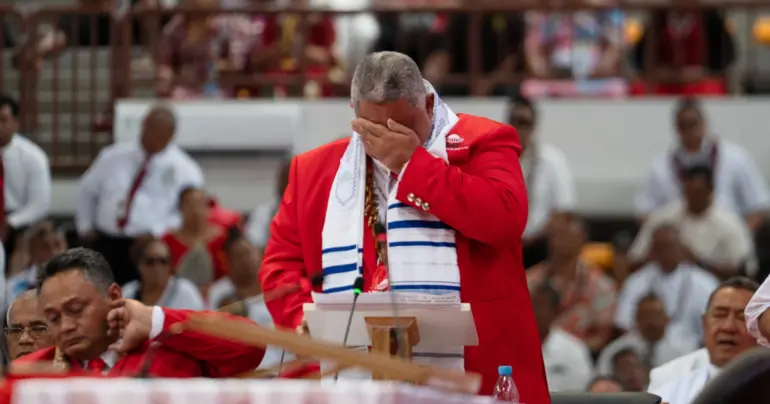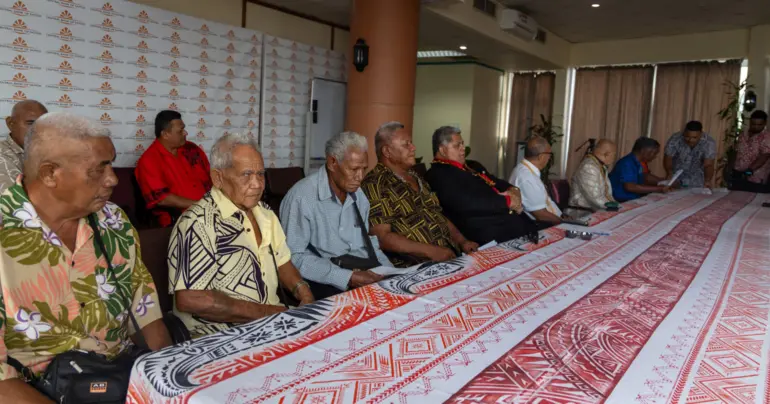The 237 resignations and essential services
The resignations of public servants are considered normal for any serving administration. They are a feature of our government system, which depends on the bureaucracy to implement and roll out basic services to the masses.
But when over 200 public servants resign in a year from the bureaucracy then this is not normal and questions should be asked by the government’s chief recruitment agency, the Public Service Commission (PSC) on why this has happened and whether the gaps in the State’s workforce will have a direct impact on service delivery.
For a developing nation such as Samoa – where the government funds and provides the key basic services in health, education and social and community development – an effective and efficient bureaucracy is critical to a government’s continued success in rolling out basic services to the people and the constituencies of Samoa.
This is why an article (237 leave public service) in yesterday’s edition of the Samoa Observer should be a concern for the government after the PSC reported on the resignation of 237 public servants in its annual report for the 2021/2022 financial year.
According to the article, the Ministry of Health (MOH) recorded the highest number of resignations for that financial year with 52, followed by 48 from the Ministry of Education, Sports and Culture (prior to the ministry being split into separate ministries). The Ministry of Agriculture and Fisheries (MAF) was next with 42 resignations to round off the top three government ministries with the highest number of employees exiting.
Surprisingly, the PSC didn’t appear concerned about the resignation numbers, in its analysis of the staff exits in the annual report.
“The resignation rate was significantly low in the fourth quarter of FY 2021/2022 when compared to Quarter 1,” reads the PSC annual report. “
Samoa’s Health Director General, Aiono Dr. Alec Ekeroma when contacted for comment by this newspaper appeared to be unfazed by the exit numbers.
“We are the second largest Ministry with 1,470 employees,” Aiono said. “So if 52 resigned, that is a rate of 3.5 per cent. The acceptable turnover rate according to Gallup is 10 per cent. But every industry is different, some have higher and some lower.
“People resign for many reasons. To resign over just a salary means they have a better offer elsewhere – another Ministry, private sector, RSE [recognised seasonal employment] or the family farm.”
For a top bureaucrat responsible as the government’s chief health advisor, it is good to see the country’s top physician discuss the issue openly, though we noticed he didn't really delve into the operational side of his ministry’s work to reveal if the resignations directly impacted health services.
Perhaps, one key question that members of the public would ask is whether any of those 52 MOH staff members who handed in their resignations at that time were doctors nurses or health specialists of note.
We would ask the same question of the MESC former employees and if any one of them was a teacher at the time in Samoa’s various primary or secondary schools and colleges. Did their departure force schools at that time to restructure their classes in order to address the shortage of teaching staff?
There are testimonies from students in various schools that every time there are teacher resignations mid-year, prior to the end of the academic year, school management is forced to merge classes to address these gaps in the learning environment. This immediately doubles or triples the student-teacher ratio, which can have a direct impact on children's learning outcomes.
For the health sector, resignations by health specialists from the ministry can immediately impact the smooth delivery of health services, which can be testing for an over-stretched health workforce amid the country’s noncommunicable disease (NCD) crisis. If Aiono is comfortable with the fact that these resignation numbers only represent 3.5 per cent then these staff members are probably non-essential workers whose exit hardly impacted the life-saving services provided on a daily basis by the ministry.
Interestingly, just last week the CEO of the Ministry of Education and Culture, Aeau Christopher Hazelman expressed concern about employment opportunities abroad continuing to woo Samoan teachers away from the teaching profession.
There's no doubt top bureaucrats Aeau and Aiono have their work cut out for them with the new year 2024 just a couple of weeks away – it is time to strategise to formulate policy to address what is popularly known as the "brain drain" on the government's workforce.
Local public servants will continue to be vulnerable to the lure of better-paying overseas jobs, but moving toward a pay scale that truly recognises and rewards performance-based high competency levels of employees should be the way of the future.











